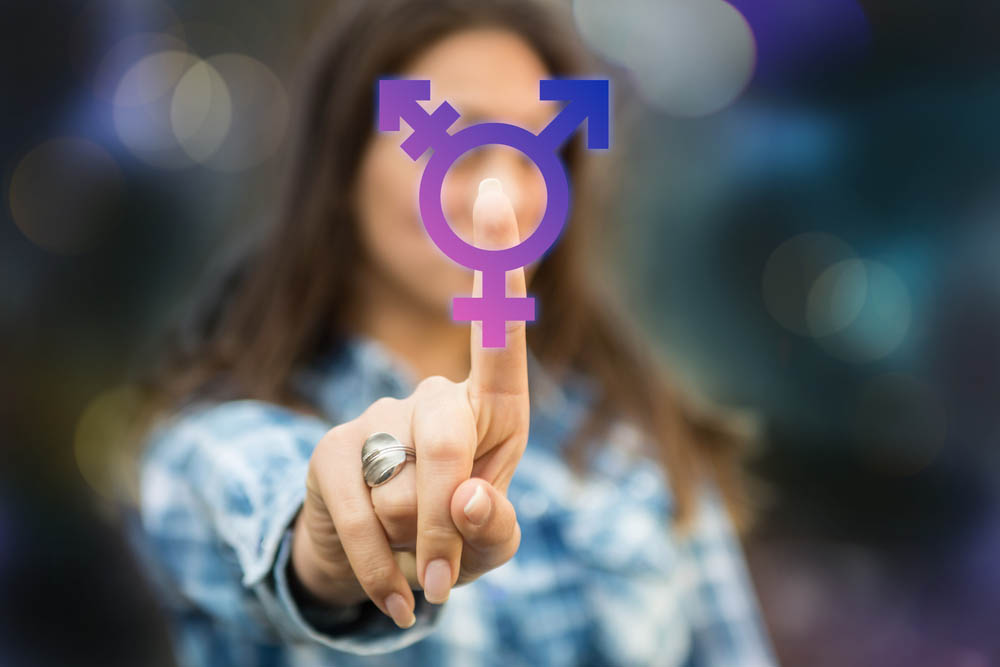Hello there and welcome to the second installment in this series. In the last blog we broke down the LGBTQ+ acronym and some of the reasons behind it. If you haven’t had a chance to, go back and read the first entry so that this article will make more sense.
Today were going to dive further into the acronym by talking about the difference between genders and sexual orientations, why they intersect, and how they are different. Understanding the complexities and nuances of the LGBTQ+ is a major step in becoming a better ally.
Breaking it Down
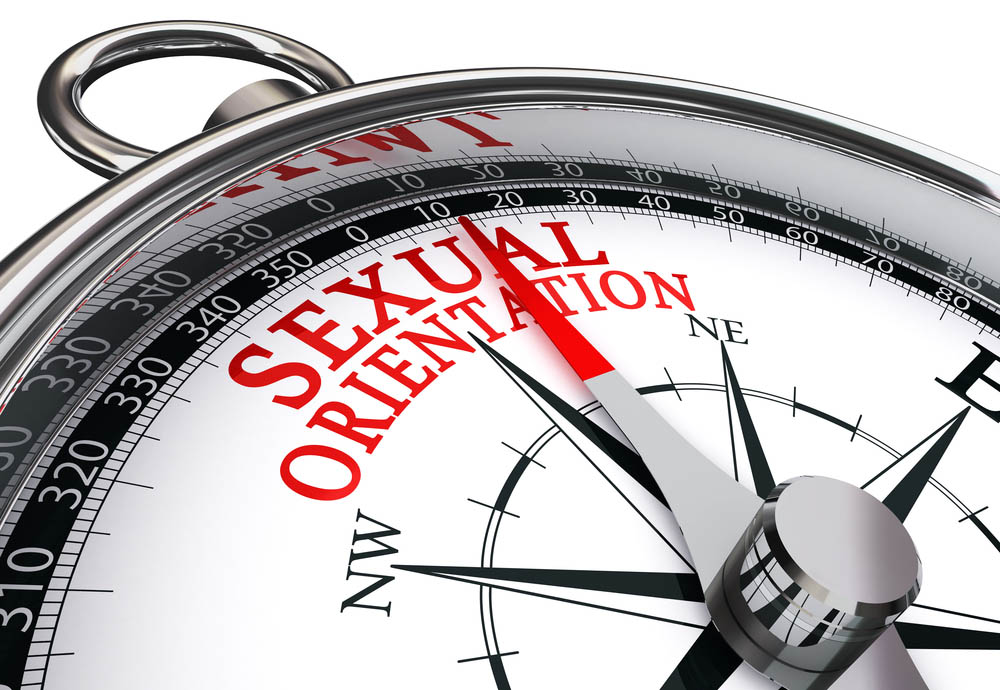
Sexual orientation at its core, means to what gender’s someone is sexually interested in. As we discussed in the last blog, that attraction can fluctuate to more than just one specific gender and can even deviate in how that attraction functions. Anywhere from lesbians ( women who are attracted to other women) bisexuality ( individuals who are attracted to both men and women) to asexuality ( individuals who experience a specific absence of sexual attraction) and demi-sexuality (people who can only forge a sexual attraction after first creating a romantic one)
As you can see with the last one, sexual orientations can have some cross over into romantic orientations: defined as what genders one can be romantically attracted to. The concept of romance is obviously a very personal concept and differs in meaning from person to person, but for the sake of trying to teach this idea, think of it as an intense kind of bond where you share mutual and deep love for one another; it often results in people marrying, sharing spaces and living their lives together etc. That is specifically why they are different and yet can be intermingled: people can be both sexually and romantically attracted to specific gender identities, or have a specific mixture; there are so many possibilities! Some see themselves as perfectly capable of having a sexual attraction to more than one gender identity (bisexual for instance) but only see themselves developing romantic connections to a specific one (hetero or homoromantic). While others have both their romantic and sexual attractions align (exclusively homo sexual and homo romantic or heteroromantic and heterosexual).
Gender
Gender is a concept that has been heavily questioned by society as of late, and as expressed in the last blog, an individual experience, sometimes only definable by the person who exists as said gender. Bearing that in mind, assuming how someone identifies can easily be a mistake: peoples’ existences can subscribe to different norms and definitions, it is insulting to tell someone else how they specifically exist especially when they have fought so hard to learn and determine how they identify.
On that note, I want to stress that how I specifically define gender can be completely contrary and different to how someone else does so; I am merely trying to bring understanding, not express ignorance.
Currently defined by Merriam Webster as : “a subclass within a grammatical class (such as noun, pronoun, adjective, or verb) of a language that is partly arbitrary but also partly based on distinguishable characteristics (such as shape, social rank, manner of existence, or sex) and that determines agreement with and selection of other words or grammatical forms.”
In shorter terms it’s an expression and means of identification. Thankfully we can see something as prominent to our society as the dictionary coming to terms with the actual vastness of gender, but it didn’t always use to be that way. It used to exist as just a binary based on the sex one was born with, male and female on either end.
Based on the biological sex you were born with, you were expected to pick up specific roles. Males were bread winners, rarely showing emotion, and attempting to be athletic and physically competent, protecting the family from harm. Dressing masculine, using he him his pronouns. Females were expected to bare and raise children, be passive but emotional, dressing feminine, using she her hers pronouns.

However, so many others have been letting go of these expectations and choosing instead do what they want: men painting their nails, women playing sports, so many other things have broken these set expectations of the binary. That isn’t to say that these specific expectations are invalid if people pick them up, some fight very hard to express and identify these ways and should of course be respected. It’s more to point out that people should be free to do as they wish, and their identities aren’t bound to a binary or just their sex: Gender isn’t a fixed point on a line, it’s a galaxy.
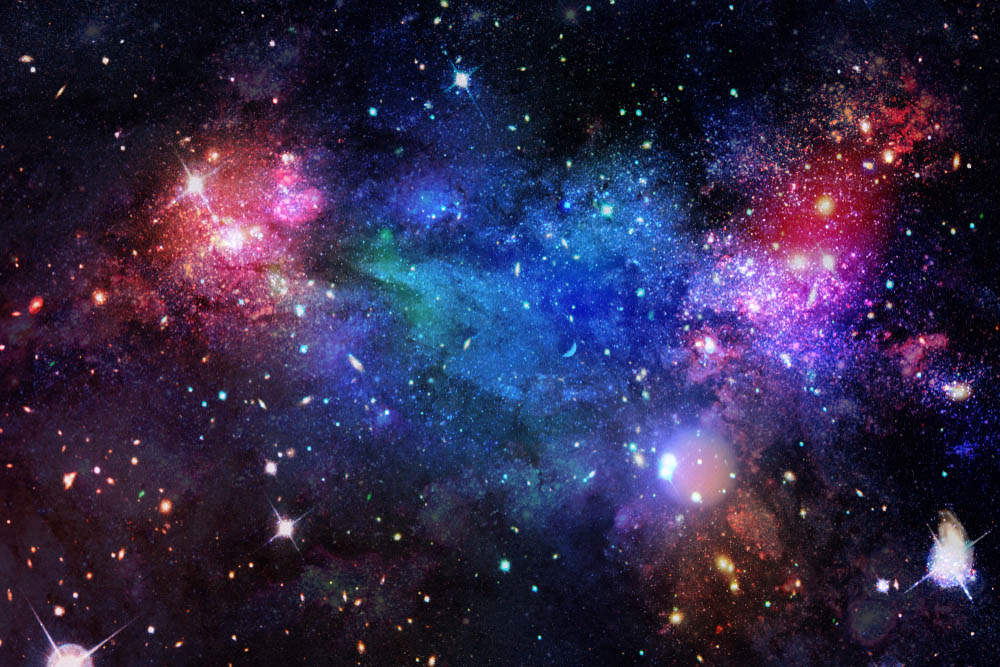
Here are a few terms I’d also impart on you to bring you closer to understanding how truly varied and beautiful gender can be:
Cisgender– Defined as someone who presents as the “traditional” sense of what it means to be as a man and identifies as such.
Androgynous– Someone who presents in such a way that they might be male or female, and the idea isn’t readily apparent at first.
Agender– Someone who identifies as having no gender.
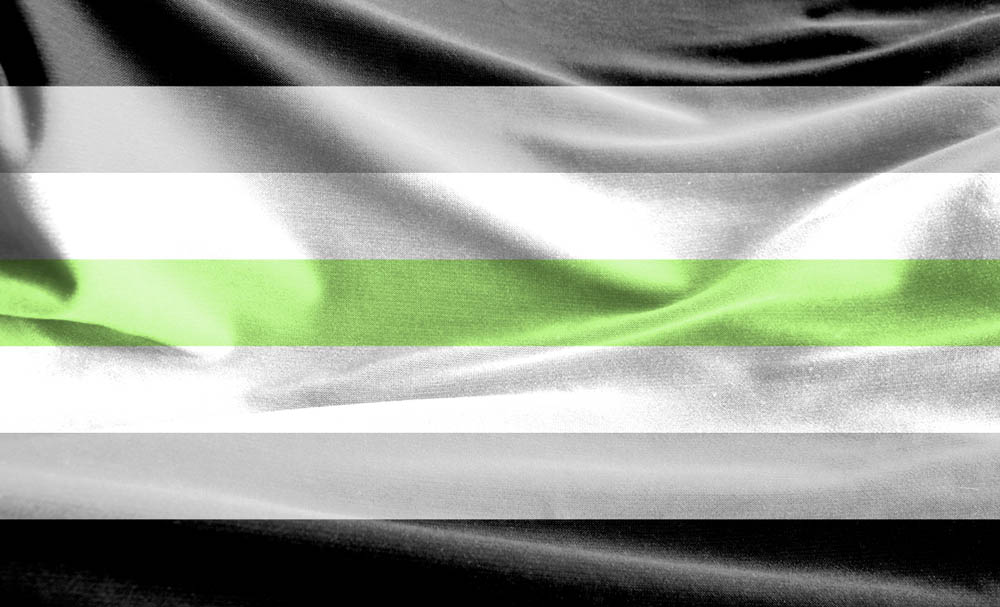
Bigender– Someone who exists as two genders at once. Say for instance someone who is both a woman and man.
Genderfluid– Someone who’s gender goes back and forth on the binary or changes from one gender to another

Genderqueer– Someone who’s gender explicitly doesn’t fit into one category or subscribe to a specific gender.
Pangender– Someone who exists as all genders at once.
Understanding and Celebrating the Differences.
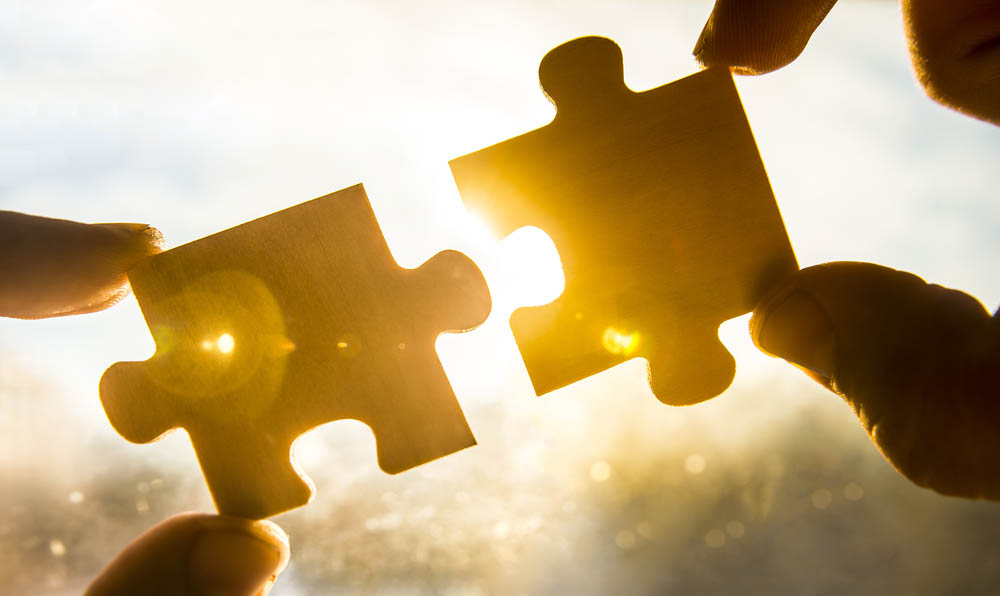
All of that to say, even though gender identity and sexual orientations are similar, the key difference is that sexual orientation has to do with how someone relates to someone else sexually, gender identity is how someone expresses and exists; even though so many identities relate to sexual orientation that are not limited to that. Identity is something that shouldn’t be assumed and is insulting to do so. We too often fall into the trap that just because someone looks a certain way, that they must have a set of pre-determined attributes and identity.
I hope this brought you more understanding. If you feel I missed something, or still have questions, please comment below and we can continue learning together. In the last part of our series, we will speak on a hallmark of the LGBTQ+ community, what it means to be a transgender individual. Until next time guys!


